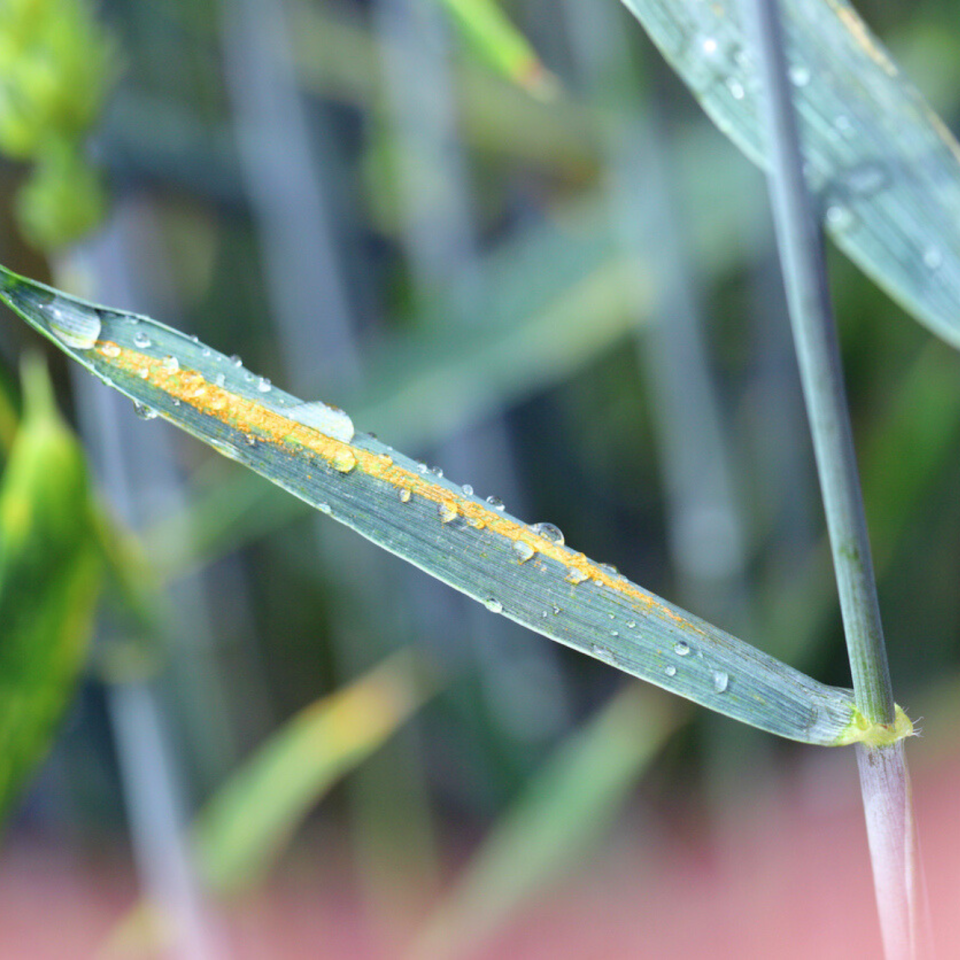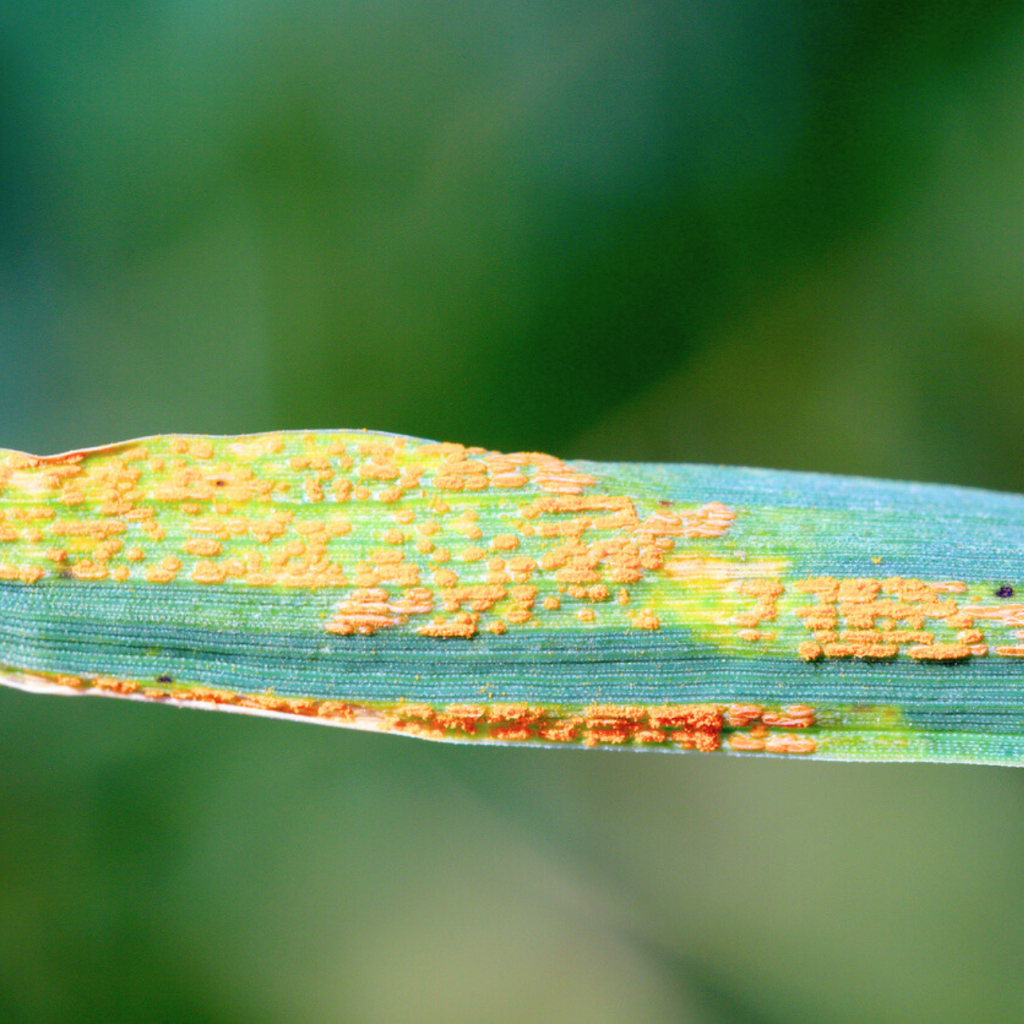
Stripe rust has recently appeared in Southwestern Ontario, posing a serious threat to wheat crops. This disease is one of the most damaging leaf diseases that wheat can suffer from. Unlike other diseases where the visible damage gives a good indication of the overall impact, stripe rust is deceptive. The visible damage is just the tip of the iceberg; the real damage can be up to ten times worse than what you see.
What is Stripe Rust?
Stripe rust is a serious disease that affects wheat plants. It’s caused by a fungus called Puccinia striiformis and can significantly damage wheat crops, reducing both yields and quality. Recently, stripe rust has been detected in Southwestern Ontario, with spores arriving through recent storm patterns. It’s important for growers in the area to be aware of this threat and know how to manage it effectively.

Why is Stripe Rust a Big Problem?
Stripe rust is one of the worst leaf diseases that can affect wheat. Unlike some other diseases, the damage caused by stripe rust is much worse than what you can see with your eyes. If you see a small amount of damage, the actual impact on your crop might be ten times greater.
One of the reasons stripe rust is so dangerous is because of its short life cycle. It can complete a cycle in just five days, which means it can spread very quickly through a field. The spores of the fungus are often carried by wind and storms, so it only takes a few spores to start a big problem.
How to Detect Stripe Rust Early
Early detection is crucial for controlling stripe rust. However, scouts and growers need to be very careful not to spread the disease as they walk through the fields. Here are some tips for scouting:
- Be cautious when moving through fields: If you walk through an area with stripe rust, you could spread it to other parts of the field or to different fields. If you see a patch of stripe rust, retrace your steps out of the field.
- Clean yourself off: After leaving a field with stripe rust, brush off your clothes and equipment as best as you can before going to another field.
Identifying Stripe Rust
Stripe rust can look similar to another condition called physiological fleck, so it’s important to know how to tell them apart. Here’s a simple method:
- Rub the leaf with your thumb: If you see a rusty, orange-yellow residue on your thumb, it’s stripe rust. If there’s no residue, it’s likely just physiological fleck.
Controlling Stripe Rust with Fungicides
Fungicides can be effective in controlling stripe rust. Here are some options:
- Folicure: This is the best fungicide for controlling stripe rust, but it can be hard to find.
- Propiconazole: Products like Bumper or Tilt are good alternatives if Folicure is not available.
Timing of Fungicide Application
Timing is very important when applying fungicides. Here are some key points to remember:
- Preharvest intervals: Be aware of the time needed between fungicide application and when you plan to harvest. This ensures the fungicide is effective and safe.
- T3 fungicide timing: For controlling fusarium head blight, it’s important to apply T3 fungicides when the wheat head is pollinating. It’s better to apply these fungicides two days late rather than one day early to ensure they are effective.
- Droplet size: Use a coarse droplet size when applying fungicides. Fine droplets might not cover the wheat head adequately.
Summary
- Stripe rust is a severe disease in wheat that causes more damage than what you can see.
- Spores spread quickly and can create a major problem in just two weeks.
- Early detection is critical, but scouts need to avoid spreading the disease further.
- Identifying stripe rust involves looking for a rusty residue on your thumb.
- Fungicides like Folicure, Bumper, or Tilt can control stripe rust, but timing and pre-harvest intervals are important.
- T3 fungicides should be applied at the right time with a coarse droplet size for best results.
By following these guidelines, growers can protect their wheat crops from the damaging effects of stripe rust and ensure a healthy and productive harvest.